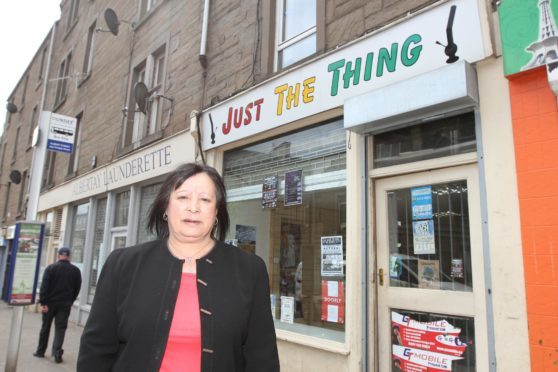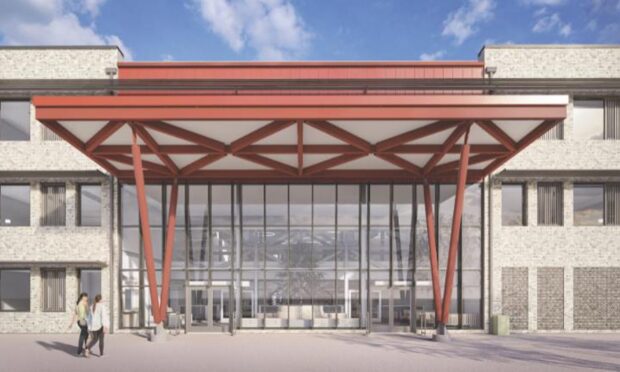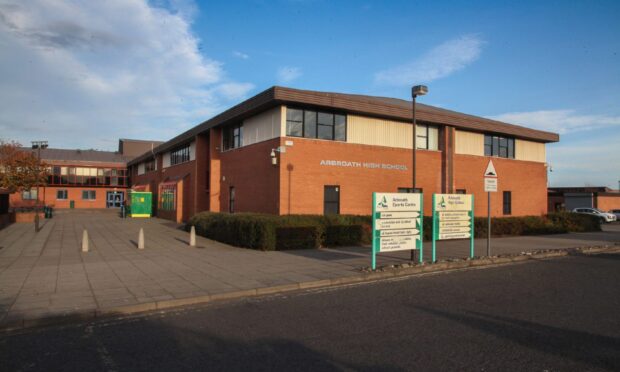Dundee still has one of the highest secondary school pupil exclusion rates in the country, despite dramatically cutting the number of pupils temporarily barred from school over the last decade.
There were 545 exclusions from high schools in 2016/17 – a rate of 76.5 exclusions per 1,000 pupils. Only four other local authorities – Aberdeen, Midlothian, West Dunbartonshire and West Lothian – had higher rates.
However, Dundee City Council has reduced the number of pupils it excludes by around two thirds over the last decade.
In 2006/07 2,288 pupils were excluded from primary, secondary and special schools in Dundee. By 2016/17 this had been cut to just 731.
Dundee City Council introduced early intervention measures to cut high exclusions rates in four city secondary schools in 2013.
Last week it was revealed the number of exclusions or physical assaults involving weapons in Scottish schools had risen to a five-year high.
In 2016/17 there were 311 exclusions for children using weapons against other pupils or staff. However, these figures include any item that may have been used in an attempt to injure or hurt someone, from books to rulers as well as actual weapons.
A Dundee City Council spokesperson said: “These figures show that the rate of exclusions in Dundee schools continues to fall significantly.
“We have been using of innovative projects and approaches to transform the situation.
“Our schools are assisting young people to focus on better outcomes rather than face the prospect of further exclusion. Early intervention is ongoing for primary pupils through the work of family development workers with parents and carers.
“We are continuing work to improve attendance and reduce truancy by stressing that young people will not learn if they are not in school regularly
“Partnerships with families are crucial in this to ensure that our pupils make the most of their time in school and go on to positive destinations when they leave.”
Last year, Fife Council had an exclusion rate of 26.9 pupiles per 1,000 in its secondary schools.
In Perth and Kinross the figure stood at 26.3 while in Angus it was 23.8.
Nationally, the exclusion rate in high schools was 28.9 per 1000 pupils.
Last year, David Baxter, Dundee branch chairman of teaching union the EIS, said the fall in exclusions was heaping more pressure on teachers.
Labour Maryfield councillor and education spokeswoman Georgina Cruickshank said the local authority has a tricky balancing act in cutting the number of exclusions while ensuring discipline is maintained in the classroom.
She said: “Management are trying their best to bring the number of exclusions down but the teachers are at the other end of it and have to deal with the indiscipline.
“The council has to be fair to both sides. Teachers are there to teach. If there is a lot of indiscipline going on it’s very difficult to do that and disruptive to the other pupils.”
Schools in Dundee have some of the highest truancy rates in the country.
Scottish Government figures show in 2016/17 3.5% of all absences from secondary schools were down to pupils “plunking”.
In Fife, 2.7% of absences were down to truancy, while in Perth and Kinross the figure stood at 2.5%.
Angus had the lowest figure in Tayside and Fife, with just 0.9% of absences recorded as truancy.
Across Scotland 2.7% of absences from secondary schools were down to truancy.
A spokesman for Dundee City Council warned legal action could be taken against parents if their children continually play truant.
He said: “There is a continuing focus on reducing truancy from Dundee schools which involves work with the Includem charity and also specialist staff to support school engagement. Legal action would be a last resort.”










